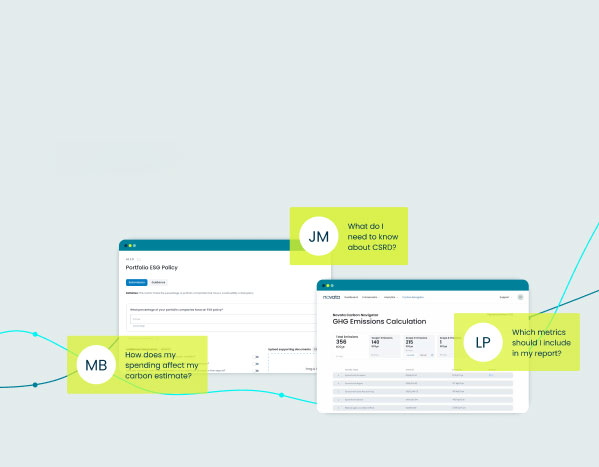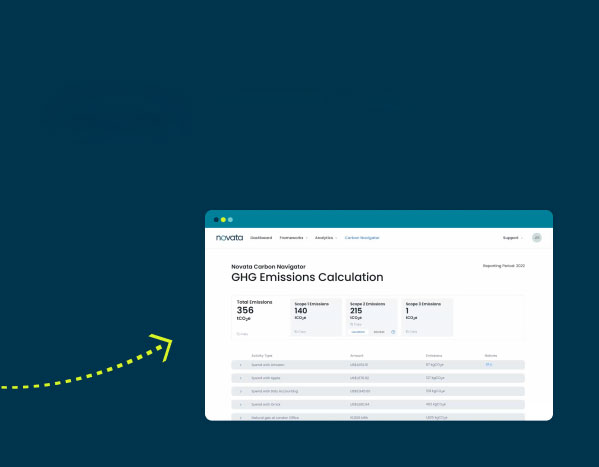Carbon considerations have become an essential component of ESG reporting amid rising investor and regulatory interest in the impact of business practices on the environment. For instance, in a new Simon-Kucher & Partners survey of 132 European private equity professionals, 78% said reducing their portfolio’s carbon emissions has positively impacted fundraising performance. What’s more, 93% said emission-reduction initiatives increased exit valuations.
Similarly, the Sustainable Finance Disclosure Regulation (SFDR) and the Corporate Sustainability Reporting Directive (CSRD) have expanded requirements to include reporting on Scope 3 emissions — a notable change from previous regulations.
As a result, companies must understand the impact of their operations and business decisions on carbon emissions. While carbon accounting may seem like a complex undertaking, companies can get started by establishing a baseline and defining data-driven targets that get them closer to achieving their decarbonization goals.
Establishing Accurate Baseline Emissions
The first step in effective carbon management is establishing an accurate baseline of current emissions. This involves creating a carbon inventory through which reporting companies can generate estimates across all three scopes.
A comprehensive carbon inventory lets companies take stock of where they are and identify areas to improve efficiencies. Accurate data collection is vital to ensure the accuracy of this process, as investors seek insights into the impact of their investments and look to find opportunities to support decarbonization efforts of their portfolio companies.
In addition to Scope 1, 2, and 3 emissions, investors may also track metrics such as net-zero targets and the percentage of renewable energy used, which can help paint a fuller picture of a company’s carbon footprint. To simplify this step, investors can leverage technology platforms to automate data collection, streamline calculations, and ensure compliance with reporting frameworks.
Defining Data-Driven Targets
Once baseline estimates are established, companies can use this information to set science-based targets, outline action plans to reduce carbon emissions, and track progress over time. Frameworks such as the Science-Based Targets Initiative (SBTi) provide guidelines for setting targets based on scientific evidence in line with the global effort to limit global warming to 1.5°C.
Aligned with defining these targets is identifying the actions necessary for progress. Companies with net-zero targets, for instance, will be focused on both reducing and removing greenhouse gas emissions (GHG) by a defined deadline. Some examples of actions a company can take include making changes to its supply chain, implementing organizational changes to improve efficiency and save money, or investing in carbon credit projects to offset unavoidable emissions. Because decarbonization is an ongoing process, companies should regularly review and refine their targets as the understanding of climate change evolves.
Simplifying Carbon Accounting with Technology
As the need for climate action grows, so too does the expectation for companies to measure, manage, and reduce their GHG emissions effectively. Investors and reporting companies can and should leverage appropriate technology tools to improve efficiencies and collect high quality data. Novata provides an intuitive, easy-to-use solution to help companies establish baseline emissions estimates or dive deeper into their carbon inventory. Ready to get started? Take our quiz to discover which carbon management solution is right for you.






